Cu Da attained enlightenment and became an immortal.
Cu Da's real name was Nguyen Van Da, from Nhi Binh village, Thuoc Nhieu district, old Dinh Tuong. He came from a martial arts family. According to legend, he passed the martial arts exam, so people called him Cu Da. When he became famous, the French colonialists had occupied the whole of Nam Ky, so he had to settle in Phu Cat village (old Binh Dinh) to participate in the Can Vuong movement against the French. Hunted by the French, he returned to his hometown to take refuge and then left his hometown for That Son because "if he could not become a hero, he would have to go find Bodhisattva", people revered him as a living Buddha.
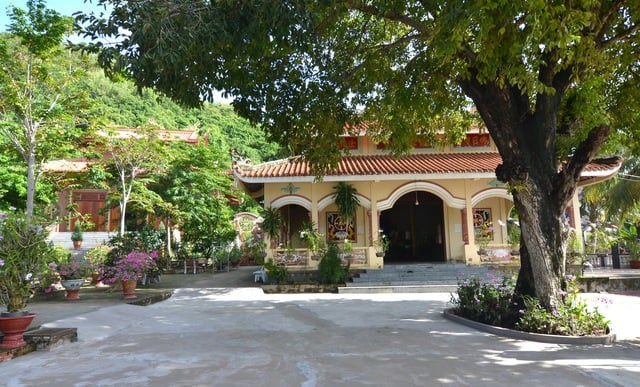
Nam Can Pagoda
Photo: Hoang Phuong
The story goes that on that day, Dao Lap and his disciple Huynh Van Thien were on the high peak of Ta Lon mountain when they suddenly saw a man carrying his belongings, searching for a way up. Dao Lap called out loudly, "Where are you carrying your life?" The other man replied, "Finding a way up the mountain." Then they met, the guest introduced himself as Cu Da and told him about seeking a teacher to study the Dharma. Dao Lap said, if he wanted to practice, he would have to abandon everything in this world, why would he bring it with him? His burden was full of books, so Cu Da abandoned everything and went into the cave to practice.
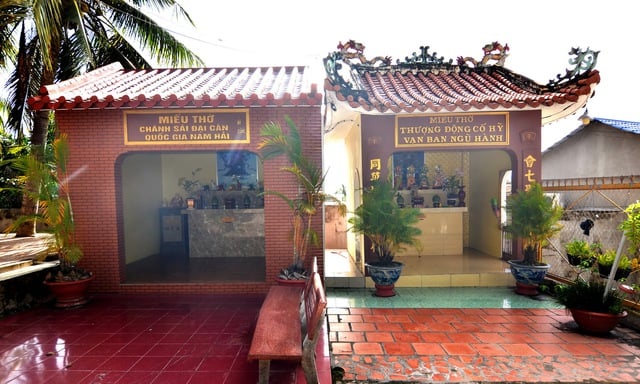
The Great Qian Temple of the South China Sea and the Upper Cave of the Five Elements of the Ancient Gods in the temple courtyard
From then on, Mr. Dao Lap lived on the high cliff, and Cu Da lived on the low cliff. Perhaps, during this time, he composed two lectures, Ta Lon and Lang Thien. In particular, the Ta Lon lecture was autobiographical in nature, so that later generations could read it and imagine his journey from Phu Quoc through Ta Lon mountain to Giang Thanh, to Cai Dau, to Bo Hong cave in Cam mountain... and wherever he went, he called himself Bay Da.
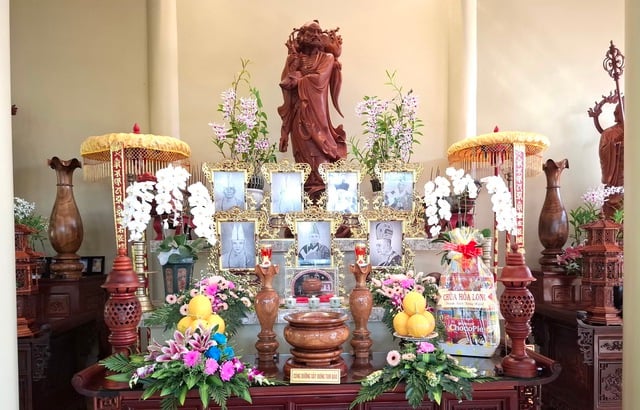
Ancestral altar with portraits of monks who once presided over the temple
" Bay Da knelt down and said to the Master:/My hometown today is in Thuoc Nhieu/My parents are now deserted/My siblings are also many and have had to move around " (Giang Ta Lon).
Regarding Cu Da's religious name, Long Hoa followers also added a story about Buddha Quan Am appearing on Ta Lon mountain to hold a contest, Cu Da attained enlightenment and was appointed as the head of the fairy, and Buddha gave him the title Ngoc Thanh. The story aims to reinforce the "four" theory of the followers of That Son region: Cu Da is a fairy, Doan Minh Huyen is Buddha, Huynh Phu So is a Saint and Nguyen Trung Truc is a God.
Two strange guitars
According to author Nguyen Van Hau in That Son My Huyen , Mr. Cu Da once went to Cam mountain to open a martial arts school for scholars. He had hundreds of students. Occasionally, people saw him return to That Son to visit his old disciples. He often told his disciples that without his orders, no one was allowed to cause violence. No one knew his whereabouts, only word of mouth said that occasionally people saw an old man with white hair and beard but a youthful face, riding a black tiger through the forest back and forth on That Son mountain range and were sure that it was Cu Da.
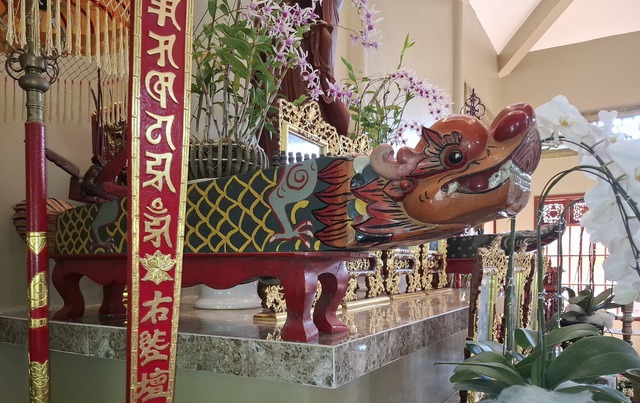
The Fish-Dragon Guitar
The book Buu Son Ky Huong by Vuong Kim, recorded: Once, a relative in Thuoc Nhieu went up the mountain to visit him. After several days of climbing mountains and wading through streams, the person was tired and discouraged, then a young boy came to see him and said that Mr. Cu Da had achieved immortality and would not return to the mortal world. The person believed him and left, but when they reached the foot of the mountain, someone told him that the young boy was Mr. Cu Da. He often did that to test whether people were sincere or not.
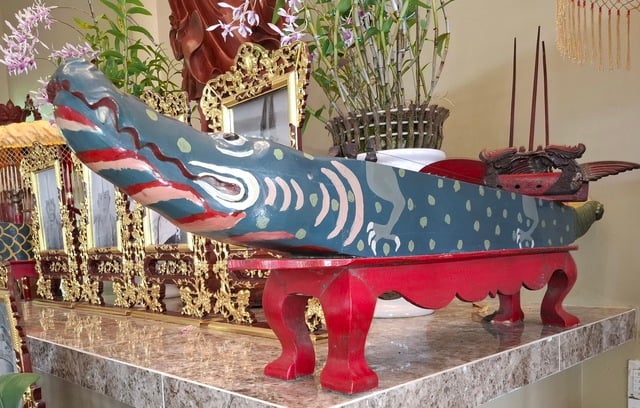
The Linh Cu lute
Nam Can Pagoda is located right at the entrance to Tra Su Mountain, but there is very little information about the history of the pagoda. Later generations only know that the first abbot was Huyen Tinh, who passed away in 1902. Notably, currently, on the ancestral altar under the statue of Bodhidharma on both sides, there are two strange instruments worshiped together with seven portraits of monks, but there is no note, perhaps they are the previous abbots.
The two instruments were crafted in the shape of a monochord, with stylized carvings. One was carved with a dragon head and a fish tail, and was called "kinh ngu hoa long". The other was carved with a crocodile raising its head, and was called "linh cu nghinh phap" (crocodile listening to the sermon). In addition to their different appearances, the number of strings on the two instruments was also different. The "kinh ngu hoa long" instrument had 9 strings, the "linh cu nghinh phap" instrument had only 3 strings. Legend has it that Cu Da made this pair of instruments from ebony brought back from Ta Lon mountain, but no documents have mentioned it.
However, through the way of creation, there seem to be some hints about the shape, the author has put his thoughts here through the image of "future" then "fish will turn into dragon" as well as the story of crocodile becoming monk, a familiar folk tale in Southern Buddhism. At the same time, through the number of 3-string and 9-string strings, people will ponder about "three religions and nine streams", the three main religions of spirit and morality: Confucianism - Buddhism - Taoism and the nine schools of learning and thought of the Hundred Schools.
In folklore, it is believed that the two instruments were made by the living Buddha Cu Da to "transform the universe". There is also a story that Cu Da used these two instruments as a signal to start an army for his army in the That Son region, through the oral tradition "cuu thinh bat dong, tam thinh khoi bien", meaning when the sound of the 9-string instrument is played, the army remains still and when the sound of the 3-string instrument is played, prepare to start an army.
Local people also said that these two instruments had wandered through many temples built by Mr. Cu Da in the That Son area and were repeatedly burned down by the French, but strangely, the two instruments were not damaged at all. After the last burning down, the temple was abandoned for a long time. Much later, a monk came to build a small pagoda on the abandoned temple grounds. Seeing the two strange instruments, the monk cleaned them and placed them on the altar in the main hall.
The mark of the old temple still remains in front of the yard of Nam Can pagoda. That is the temple to worship Chanh Sai Dai Can of the Nam Hai nation and Thuong Dong Co Hy Van Ban Ngu Hanh, which was not the residence of these people in the Zen monastery. ( continued)
Source: https://thanhnien.vn/that-son-huyen-bi-cay-dan-la-o-chua-nam-can-185251004200523061.htm








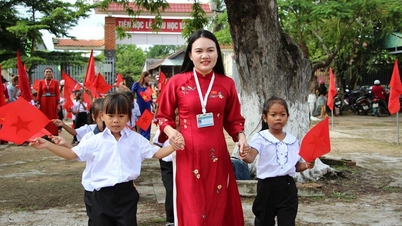

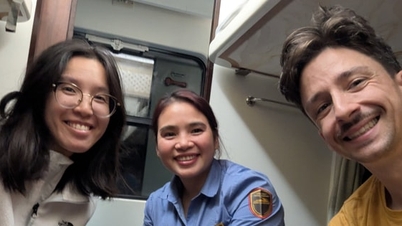

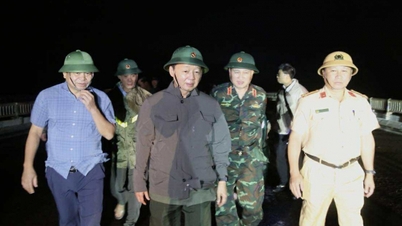





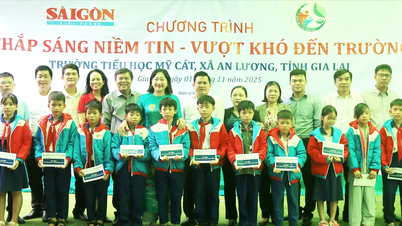

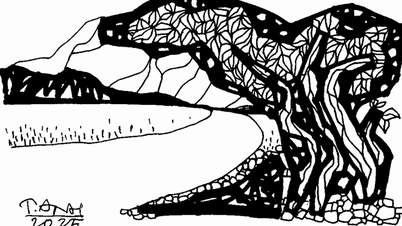
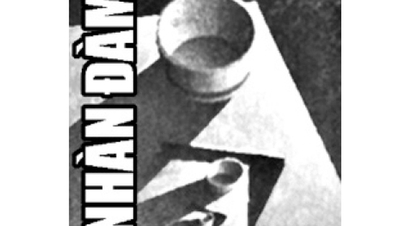
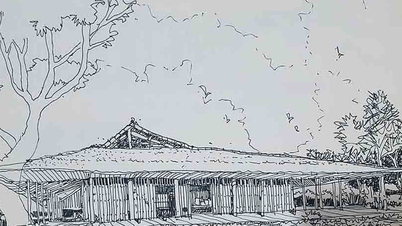
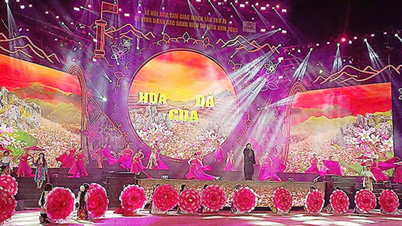

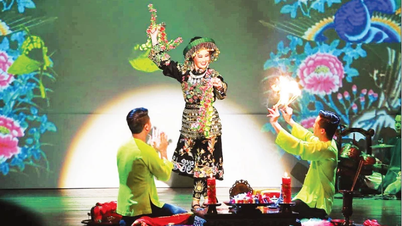

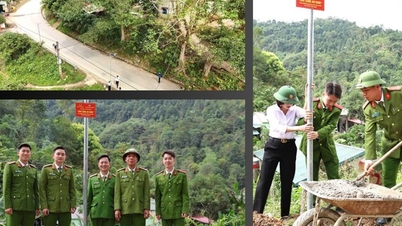





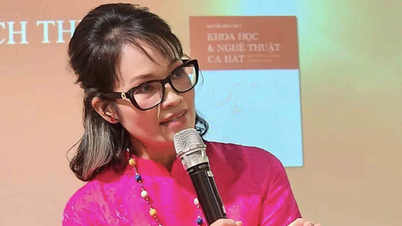
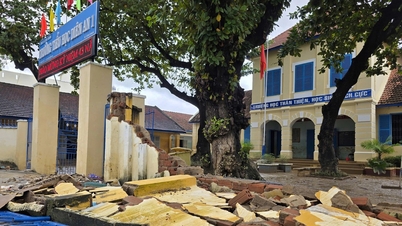
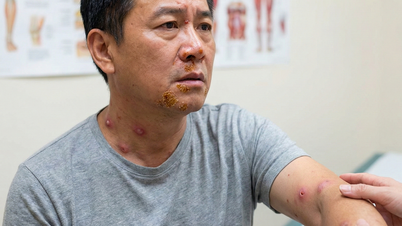




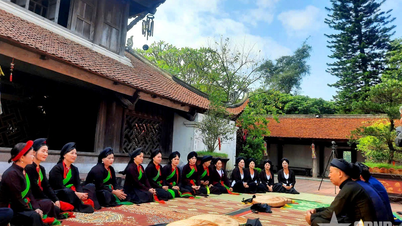




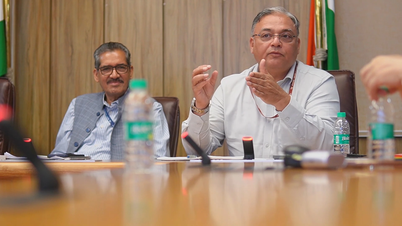
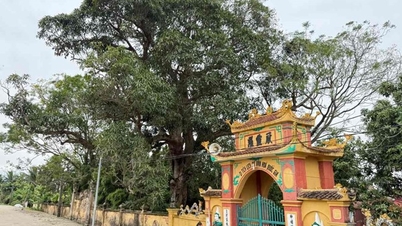

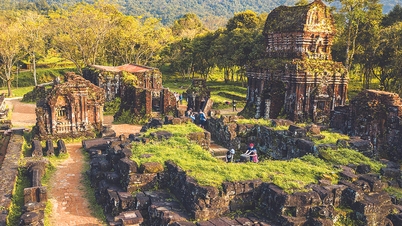






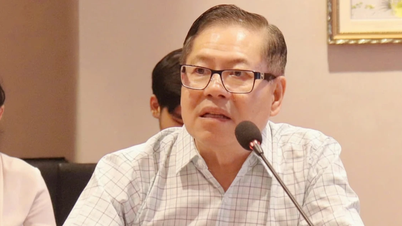

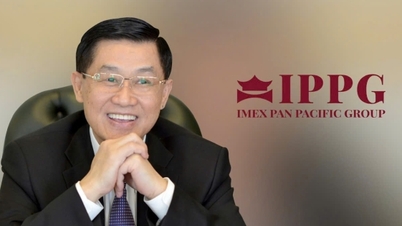







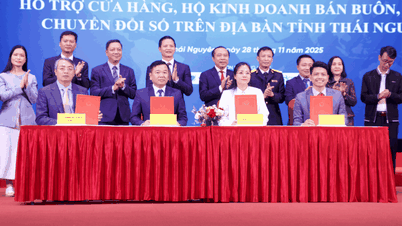







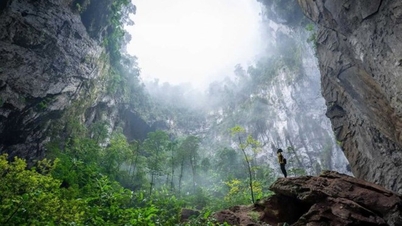

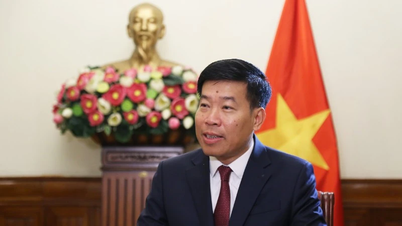
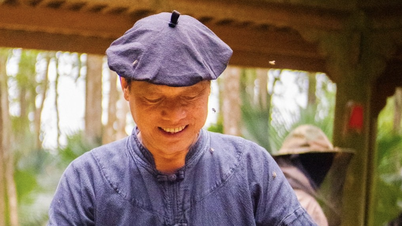


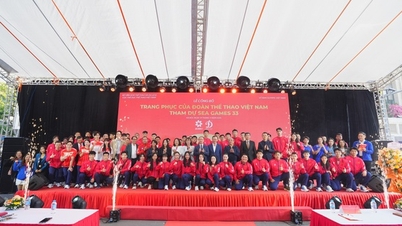

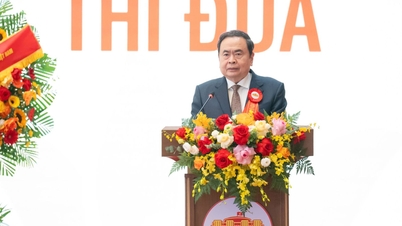



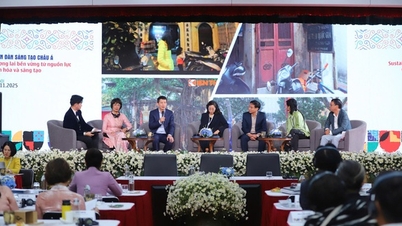
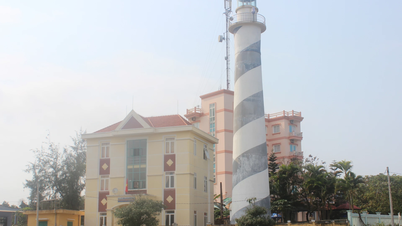

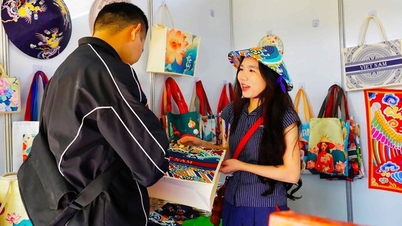




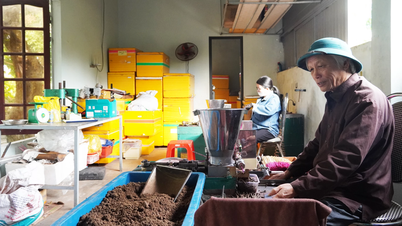








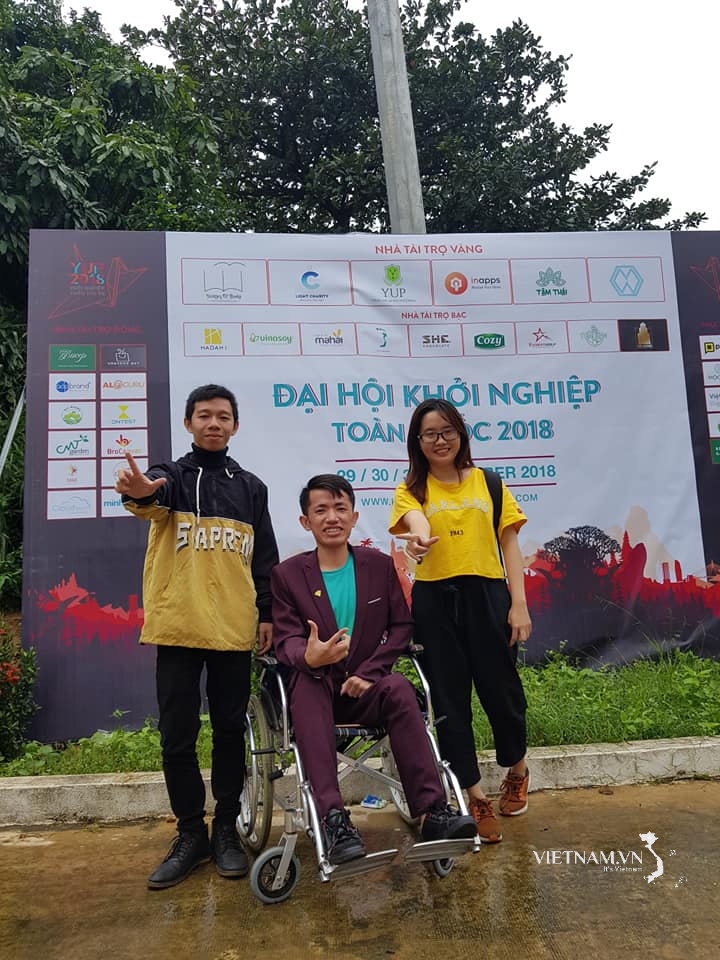



Comment (0)